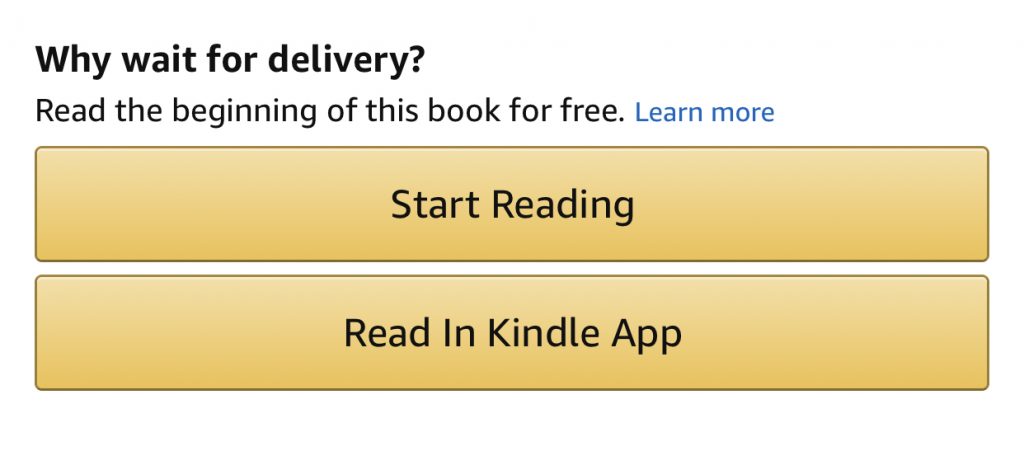I was on a flight a month ago, thinking about the perfect client. Who are they? What do they do? What do I do, to nudge them to be the perfect client?
I caught Ana Milicevics presentation on how to find the right vendor or kick off vendor partnerships in the right way.
That’s the thing. The right partnership is a combination of the technology and expertise to supercharge your internal value chain.
Seth Godin has another analogy on it, his is, are you pushing a stone uphill to close deals, or rolling it down a hill. Creating those conditions for the perfect client, leads to more rolling than pushing.
As one of those partners, it’s helpful to define what a perfect client is. Once established we can work on creating and maintaining the ideal conditions and environment.
So for me, what is my perfect ideal client?
A clear understanding of how our partnership can drive value.
A clear north star, or goal, that we can work towards.
Something we can both spark or learn from.
Cultural fit.
Have fun but stimulating work.
An appetite to improve, to be the best in their area of the world.
Not all clients will be that, each can bring new and unexpected dynamics but it’d be a spoilt position to start each relationship from.
Give it a think, how would this apply? How can you do an experience audit, to make sure you are creating these conditions or the right environment for it to happen? How can that experience speak to and acknowledge your unique lens, or POV on the world?
This kids store had a ‘kids only’ door, that part of the experience sets the tone, kids are valued here, and in turn so are the parents that share that value. An obvious but subtle nod – that also creates enjoyment. That’s the kind of output from the exercise.
